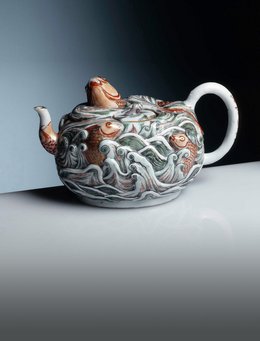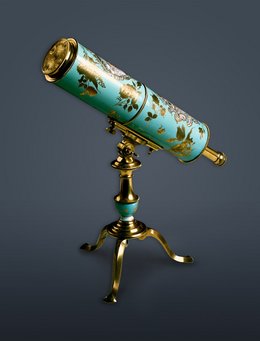[Translate to English:] Bei dem Meisterwerk
This unusual masterpiece is an extremely impressive, life-size death’s head made of white Carrara marble. It is so realistically sculpted that it could almost be mistaken for a genuine human skull. This death’s head was commissioned from Bernini by Alexander VII immediately after his election as Pope in 1655, and thenceforth it lay on his desk as a reminder of the fragility of human existence. After the demise of Alexander VII, the death’s head became the property of his nephew, an eminent collector of antiquities. In 1728, his collection, which had remained in the possession of the Chigi family, was acquired for Augustus the Strong. As a result, 164 antique sculptures and four contemporary works came to Dresden.
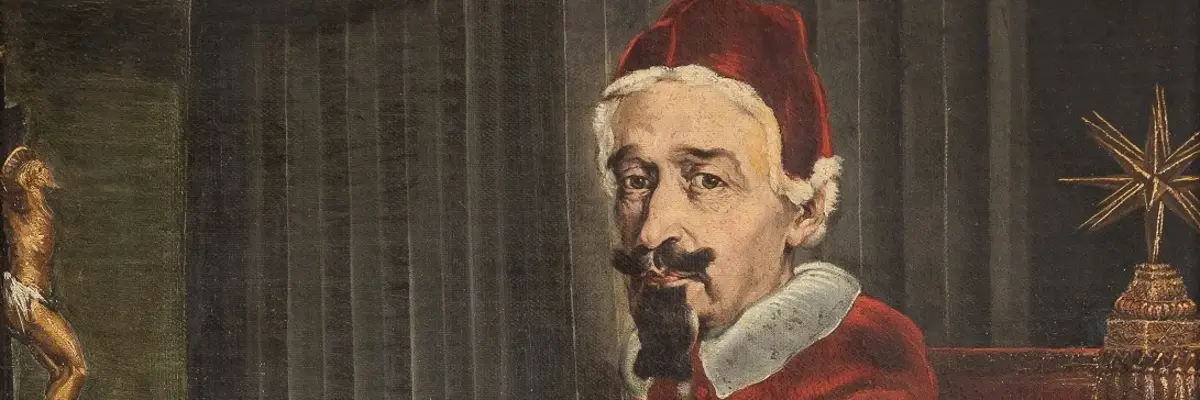
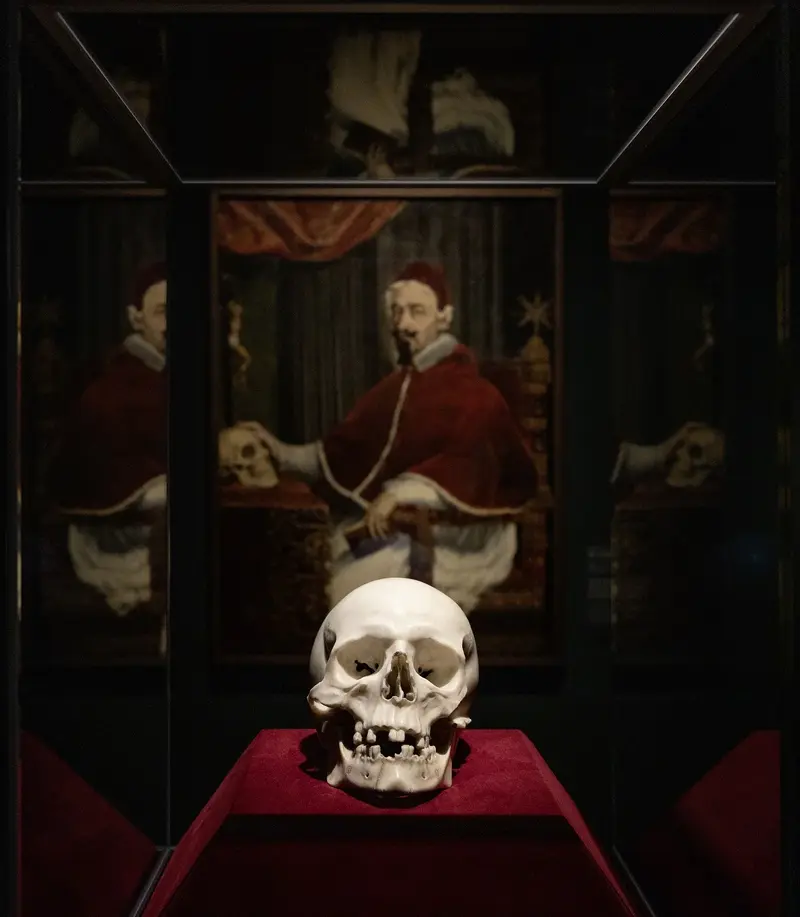
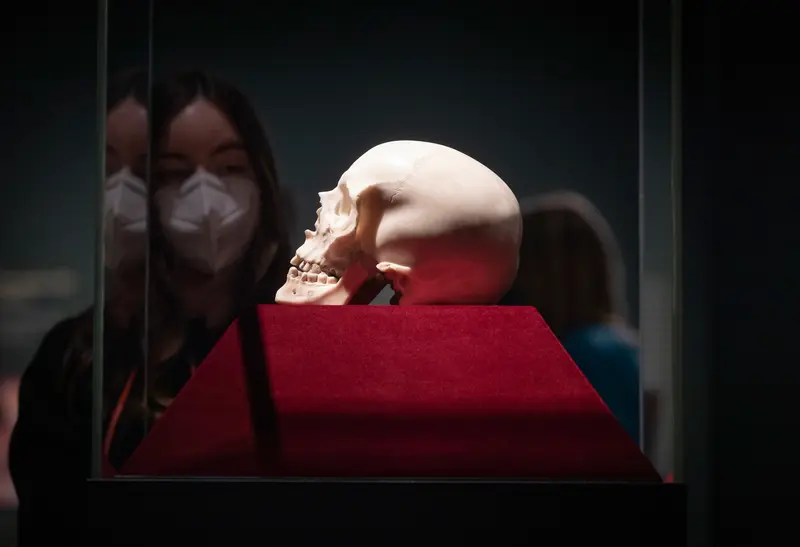

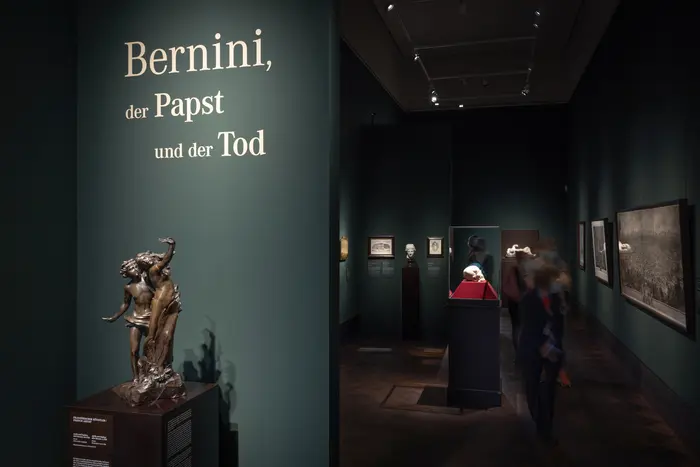
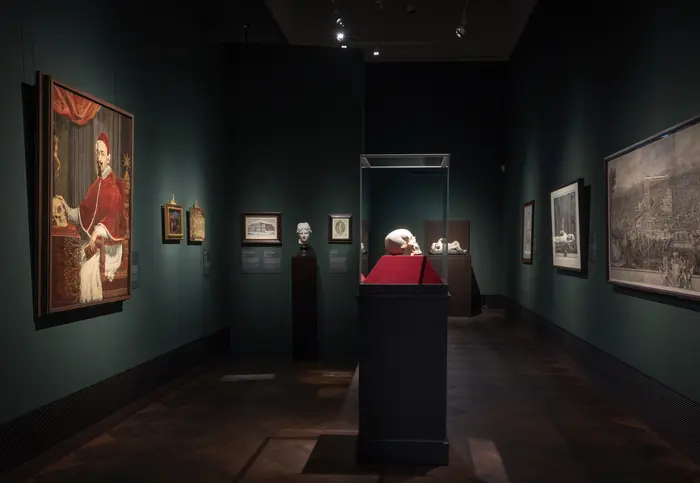
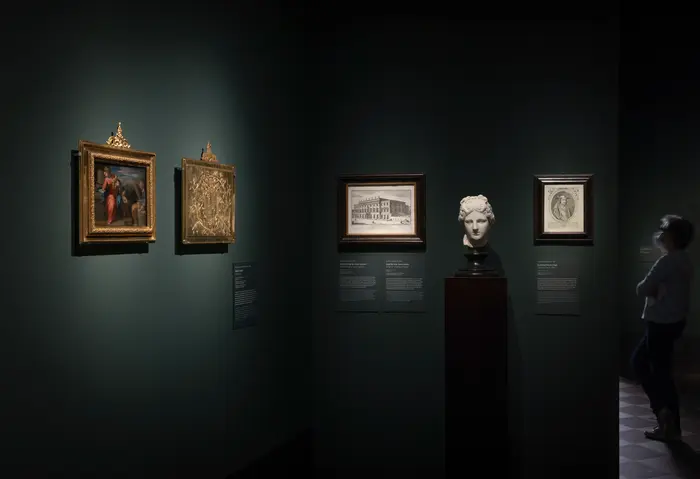


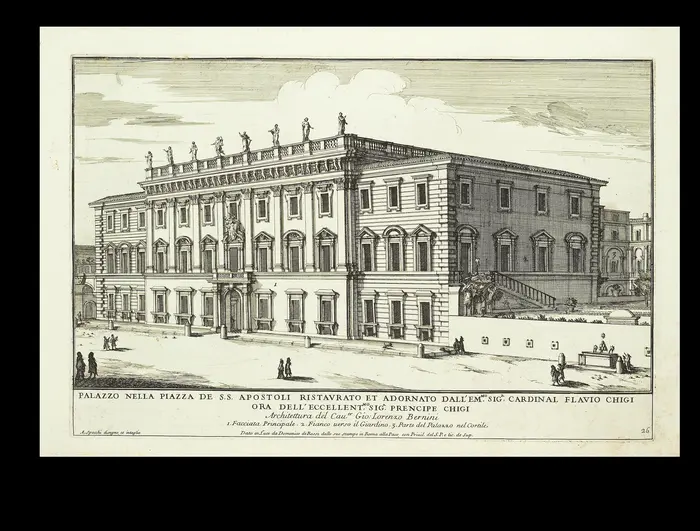

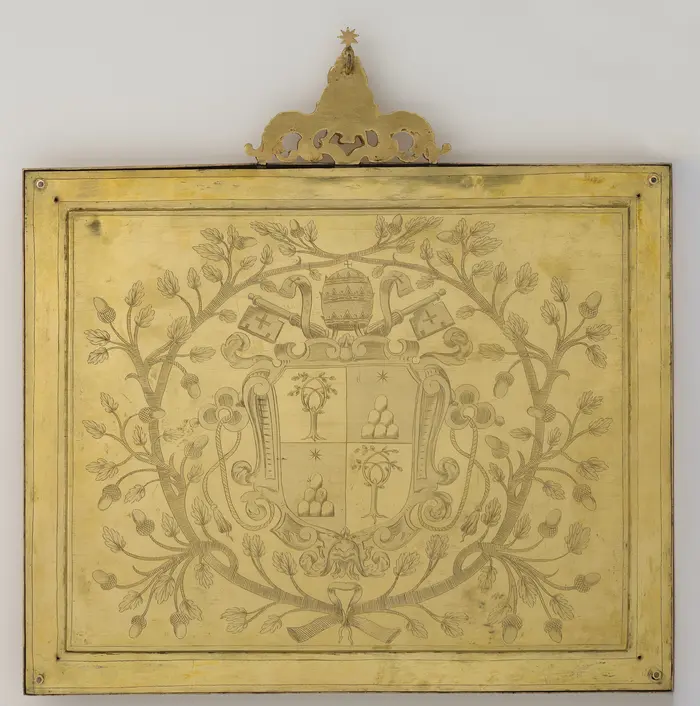
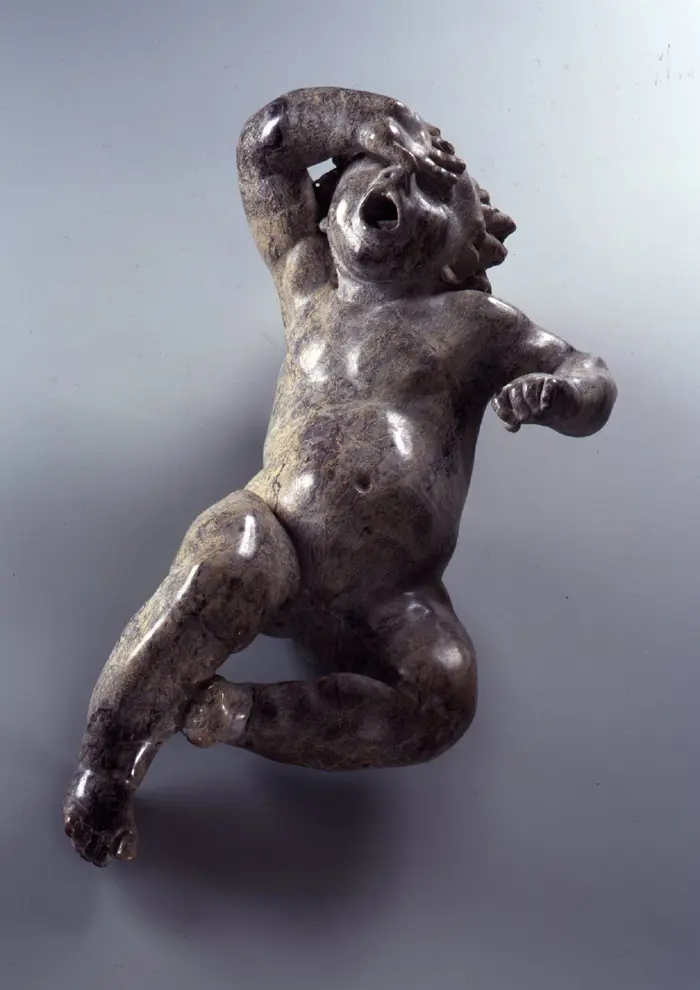

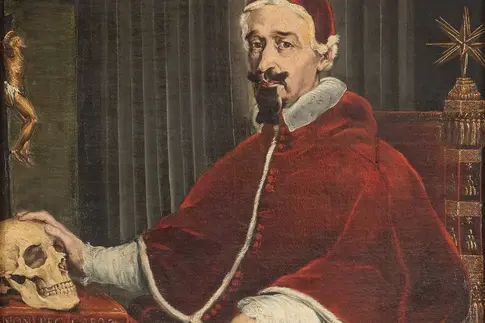
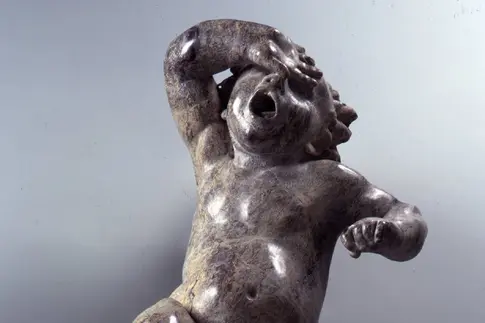


![[Translate to English:] [Translate to English:]](/fileadmin/_processed_/0/b/csm_web_Vermeer_Brieflesendes_Maedchen_f3ea3e1cf9.jpg)
